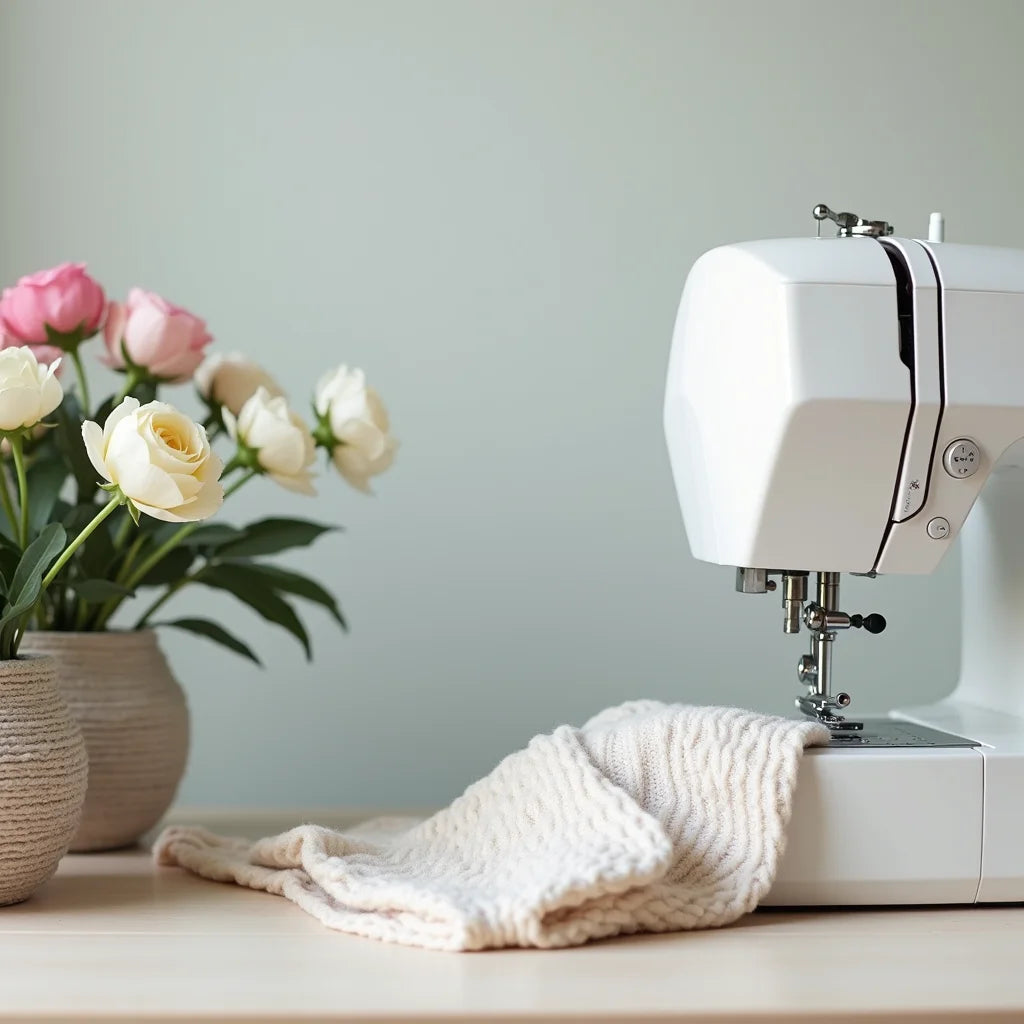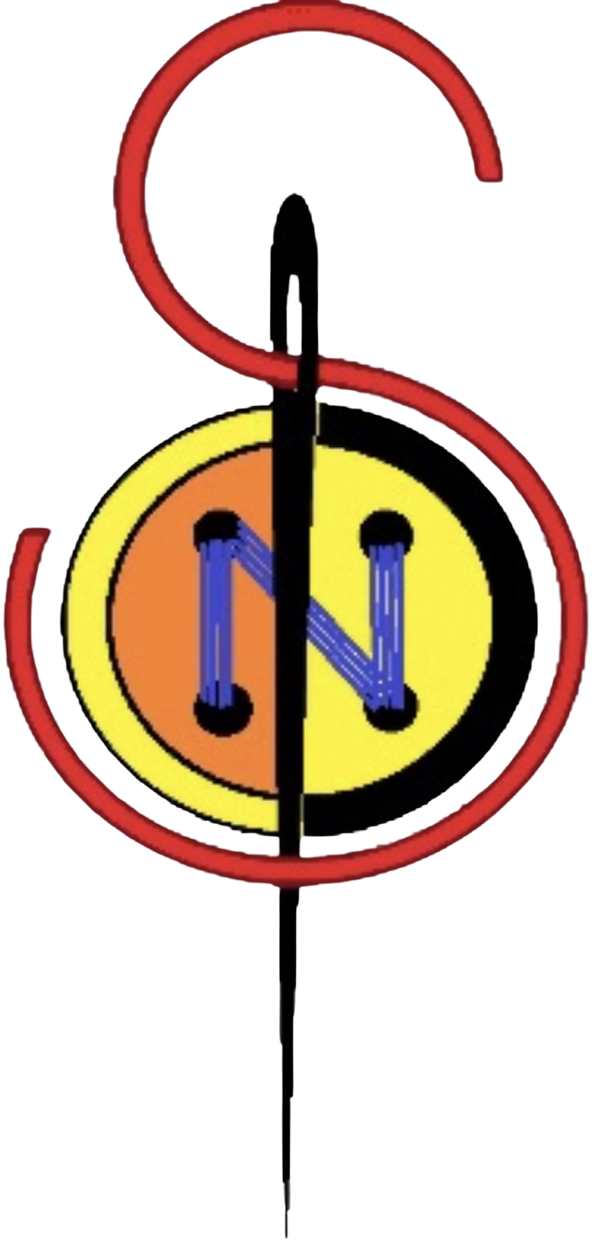
What Matters Most When Choosing Sewing Machines for You
Share
Updated on: 2025-10-18
Table of Contents
- Product Spotlight: Sewing Machines and Stitching Machines
- Myths vs. Facts About Sewing Machines and Stitching Machines
- Frequently Asked Questions About Sewing Machines
- Final Recommendations for Choosing Sewing Machines
- Q&A: Real-World Sewing Machine Scenarios
- About the Author: The Sew'N Place
Product Spotlight: Sewing Machines and Stitching Machines
If you are choosing among sewing machines for the first time, it may feel overwhelming. A warm starting point is to match features to your projects. In the first few minutes of shopping, consider how often you will sew, the types of fabrics you expect to handle, and whether you would like room to grow. Many modern stitching machines offer balanced performance for garments, crafts, and light home décor. This versatility, combined with user-friendly controls, helps new sewists get comfortable without sacrificing long-term value in their sewing equipment.
Core Features to Consider in Sewing Machines
A gentle way to compare models is to look at a few core areas and decide what matters most right now. You can always add accessories later as your skills and interests expand.
- Stitch selection and control: A practical range includes straight, zigzag, stretch, and buttonhole stitches. Adjustable stitch length and width make it easier to fine-tune seams.
- Ease-of-use aids: Top-loading bobbins, clear bobbin covers, built-in needle threaders, and speed control help reduce learning curves for the best sewing machines for beginners.
- Motor strength and build: A stable frame and a capable motor improve feed and stitch consistency, especially on multiple fabric layers.
- Feed system and presser feet: Even feeding helps with knits and quilting. Look for included feet like a zipper foot, buttonhole foot, and overcasting foot.
- Lighting and workspace: Bright LEDs and a smooth extension table support accurate topstitching, hemming, and quilting.
As you browse different sewing machines, note how the controls feel and whether the stitch results look tidy. Small comforts—such as a quiet motor and simple maintenance—can make everyday sewing more enjoyable.
Specialty Categories: Embroidery Machines and Serger Machines
Beyond general-purpose sewing equipment, two categories are particularly helpful: embroidery and serger models. Embroidery machines add monograms, motifs, and decorative designs to garments, gifts, and home décor. Entry-level models often include helpful on-screen prompts and built-in patterns. If you enjoy personalization and detail work, embroidery can be a kind companion to your creativity.
Serger machines (also called overlockers) finish edges, manage knits beautifully, and create professional-looking seams in fewer steps. A serger can complement your main machine by trimming, overcasting, and stitching at the same time. This can be kind to your schedule when sewing tees, leggings, and activewear.
For heavier fabrics, consider heavy-duty sewing machines for leather and denim. These models usually provide a stronger motor, robust feed, and compatible needles for thick seams. If your plans include bags, jeans, or canvas accessories, this extra power supports neat, even stitches with less strain on the machine.
Myths vs. Facts About Sewing Machines and Stitching Machines
- Myth: “All sewing machines are the same.” Fact: Models differ in motor strength, feed systems, stitch libraries, and specialty features. The right fit depends on your fabric and project types.
- Myth: “A beginner should buy the cheapest option.” Fact: Entry-level machines with essential features can be budget-friendly without sacrificing reliability. A few comfort features may lead to better results, even early on.
- Myth: “Computerized machines are complicated.” Fact: Many computerized models are designed for ease with one-step buttonholes, speed control, and helpful displays that guide setup and selection.
- Myth: “Heavy-duty means industrial only.” Fact: Home heavy-duty models are designed for thicker seams and sturdy fabrics, while remaining approachable for everyday use.
- Myth: “A serger replaces a standard machine.” Fact: A serger complements, but does not replace, a general-purpose machine. Most projects still benefit from straight stitches and specialty feet available on standard models.
Frequently Asked Questions About Sewing Machines
What is the best sewing machine for beginners?
The best sewing machines for beginners offer a few built-in stitches, one-step buttonholes, simple threading, and steady feed. A model with speed control, a clear bobbin cover, and a helpful instruction guide can create a calm learning experience. Choose a machine that feels sturdy yet not overwhelming.
How do I choose the right sewing machine for my needs?
Start by listing your projects for the next few months. Consider fabrics, stitch types, and how often you expect to sew. A compact, user-friendly machine may be enough for clothing repairs and simple projects. For quilts, knits, or bags, look for stronger feed, an extension table, or a walking foot. This thoughtful approach answers “How do I choose the right sewing machine for my needs?” in a way that aligns with your style.
Do I need a mechanical or computerized model?
If you prefer physical dials and minimal menus, a mechanical model can feel familiar and dependable. If you like automatic settings, built-in memory, or guided buttonholes, a computerized model offers gentle assistance and consistency. Both can produce beautiful results with the right setup and good needles.
Are heavy-duty sewing machines for leather and denim only?
Heavy-duty sewing machines for leather and denim are also helpful for canvas, upholstery fabrics, and layers such as quilts or bag straps. You can still sew lighter cottons on them; just adjust needle sizes and thread accordingly. They are versatile tools, especially if you enjoy structured projects.
Final Recommendations for Choosing Sewing Machines
It may be reassuring to choose in small steps. Begin by defining your main project categories: garments, quilting, crafts, or bags. Match your choice to the most demanding fabric you expect to sew. If you plan to upgrade gradually, pick a solid general-purpose machine first and add specialty tools—like a walking foot or a serger—when you are ready.
- For beginners: Look for simple threading, one-step buttonholes, and speed control. Prioritize smooth feeding and a stable frame.
- For garment makers: A model that handles knits well and offers adjustable presser foot pressure can keep hems tidy and seams stretchy.
- For quilters: A machine with a wide throat space, extension table, and precision needle positioning supports accurate piecing and free-motion quilting.
- For bag makers: Favor stronger motors, metal frames, and heavy-duty needle compatibility. Consider a walking foot and topstitching needles.
- For custom details: Embroidery machines provide personalization for gifts and decor. Start with built-in designs and expand as you gain confidence.
As you compare options, test a few stitches on woven and knit fabrics if possible. Listen for smooth operation and look for even tension on both sides of the seam. Whenever you feel ready to see current models and accessories, you may explore models and compare features at your own pace.
Q&A: Real-World Sewing Machine Scenarios
Scenario 1: Occasional Mending and Simple Crafts
You want a gentle helper for hemming, patching, and basic home projects. A compact mechanical or entry-level computerized machine with a handful of stitches works well. Choose a model with an easy buttonhole, adjustable stitch length, and a few presser feet. This keeps learning calm while still offering room to try new ideas.
Scenario 2: Growing a Side Business
You are making small batches of clothing, accessories, or home goods. Consider a sturdier machine with a stronger motor, consistent speed control, and reliable tension. Pair it with a serger to finish edges quickly and produce professional interiors. This combination supports comfort, speed, and neat results as orders increase.
Scenario 3: Quilter Seeking Precision
Precision piecing and smooth free-motion quilting benefit from a stable machine, a spacious work area, and responsive needle control. Look for needle up/down, a walking foot (or compatible feed system), and an extension table. A quiet, even feed helps maintain accurate seams across blocks and borders.
About the Author: The Sew'N Place
The Sew'N Place
The Sew'N Place shares friendly, practical guidance to help sewists choose and enjoy their machines. With a focus on sewing machines, stitching machines, and related sewing equipment, our tips aim to build confidence at every step. Thank you for reading—we are honored to support your creative journey.
